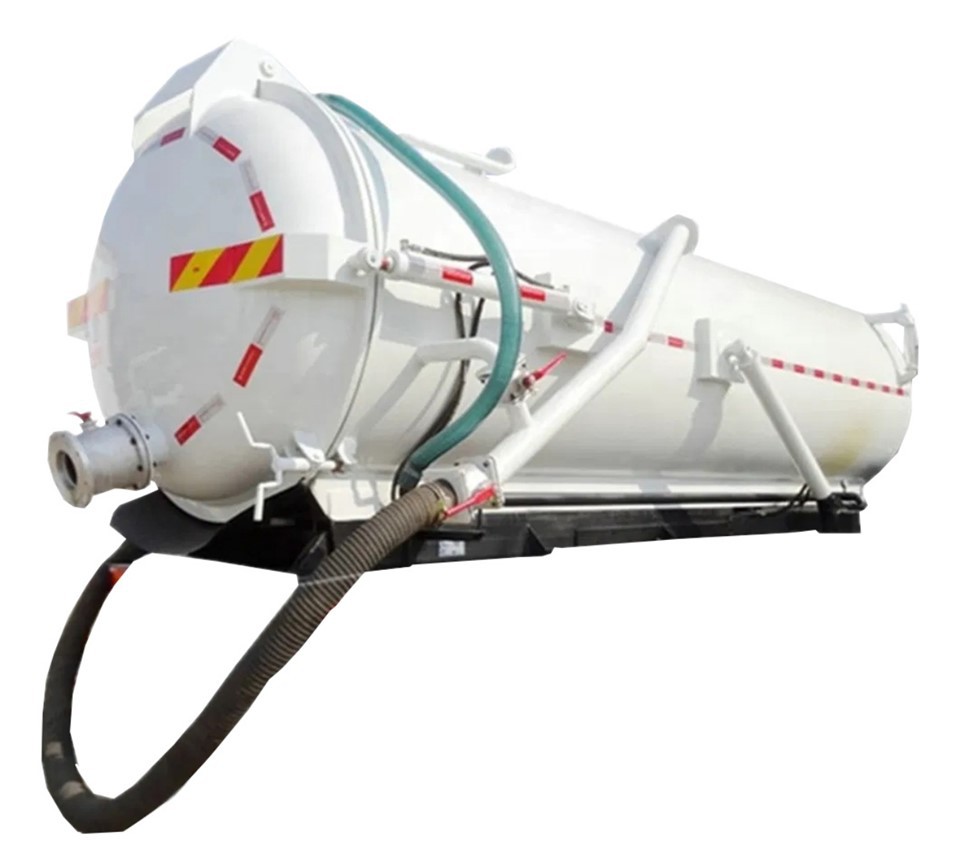Understanding the World Manufacturer Identifier List: A Comprehensive Guide

Introduction
The World Manufacturer Identifier (WMI) is an essential component of vehicle identification numbers (VIN). Encoded within the VIN, the WMI designates the manufacturer of a vehicle, allowing for easy tracking of recalls, ownership, and vehicle history. In today’s global market, understanding the WMI and its implications can significantly benefit consumers, manufacturers, and automotive enthusiasts alike. This article delves into the intricacies of the WMI list, its significance, how to find it, and practical usage tips.
What is a World Manufacturer Identifier (WMI)?
The WMI is a unique code assigned to each vehicle manufacturer and is part of the 17-character VIN. It consists of the first three characters of the VIN and serves various crucial purposes in the automotive industry.
Purpose of the WMI
The WMI serves several important functions:
- Identifies the manufacturer of a vehicle.
- Facilitates recall tracking and management.
- Assists in the registration process.
- Helps in gathering data for insurance purposes.
How the WMI is Structured

The WMI is typically structured as follows:
- Characters 1-3: Identifies the manufacturer.
- Character 4-8: Vehicle descriptor section (VDS).
- Character 9: Check digit.
- Character 10: Model year.
- Character 11: Assembly plant code.
- Character 12-17: Vehicle serial number.
The Importance of the WMI List
Understanding the WMI list is crucial for various stakeholders in the automotive industry.
For Consumers
Consumers can verify a vehicle’s origin and history, ensuring the vehicle is not stolen or part of a recall.
For Manufacturers
Manufacturers must maintain accurate WMI data to ensure successful tracking and compliance with industry regulations.
For Law Enforcement
Law enforcement and regulatory agencies can utilize the WMI to trace stolen vehicles and ensure compliance with safety standards.
How to Access the World Manufacturer Identifier List
There are several ways to access the WMI list, including online databases and official government publications.
Online Databases
Many websites provide searchable databases for WMIs. Popular options include:
- WMI Codes – A user-friendly database with search capabilities.
- NHTSA – The National Highway Traffic Safety Administration provides comprehensive WMI information.
Official Publications
Many governments and automotive associations publish WMI lists annually in manuals and reports.
Using the WMI List Effectively
Knowing how to utilize the WMI list can have practical applications.
Decoding a VIN
By locating the WMI within a VIN, you can decode a vehicle’s information. For example:
| VIN | WMI | Manufacturer |
|---|---|---|
| 1HGCM82633A123456 | 1HG | Honda |
| 1FTRX18W7XNA12345 | 1FT | Ford |
Checking for Recalls
Utilize the WMI along with the VIN to check for any active recalls on specific vehicles.
Common WMI Patterns
Understanding the common WMI patterns can help identify vehicles quickly.

North American Manufacturers
North American manufacturers often use specific patterns. Here are a few examples:
| WMI | Manufacturer |
|---|---|
| 1G1 | General Motors |
| 2T2 | Toyota Canada |
International Manufacturers
International manufacturers also follow distinct WMI patterns. Some examples include:
| WMI | Manufacturer |
|---|---|
| WVW | Volkswagen |
| JN1 | Nissan |
How to Verify WMIs
Verifying a WMI involves checking it against official resources to ensure accuracy.
Using Online Tools
Websites dedicated to VIN decoding often provide WMI verification tools where users can input a WMI to receive details about the corresponding manufacturer.
Contacting the Manufacturer
For absolute certainty, contacting the manufacturer directly can provide the most reliable WMI information.
Challenges in WMI Registrations
There are challenges in the registration and management of WMIs that affect various stakeholders.
Inaccuracies and Updates
Maintaining an accurate and updated WMI list can be challenging for manufacturers, leading to potential issues in recall management.
Counterfeit Vehicles
Counterfeit vehicles may attempt to replicate WMIs, making it imperative for consumers to be vigilant in their research.
Practical Tips for Using the WMI List
Maximize the benefits of the WMI list with these practical tips:
Always Use Trusted Sources
Ensure that any WMI data you access comes from reputable sources to avoid misinformation.
Cross-Reference Information
Cross-referencing the WMI with additional information, such as recalls or complaints, can enhance your understanding of a vehicle’s history.
Stay Informed on Changes
Regularly check for updates to the WMI list as manufacturers may change or acquire new WMIs.
FAQ Section
What is the difference between a WMI and a VIN?
The WMI is the first three characters of the VIN, which uniquely identifies the manufacturer. The VIN, however, is a complete 17-character code that includes more vehicle-specific information.
How can I find the WMI of my vehicle?
You can find the WMI by checking the vehicle’s registration documents, VIN plate on the vehicle, or using online VIN decoders.
Are all WMIs unique?
Yes, each WMI is unique to a manufacturer. However, within manufacturers, different models may share certain characters in the VIN beyond the WMI.
Can WMIs change?

Yes, manufacturers can change their WMIs under certain circumstances, such as mergers or name changes. It’s essential to stay updated with the latest information.
How do I check if my vehicle has a recall based on its WMI?
You can check for recalls by entering the complete VIN on the NHTSA’s website or other manufacturer recall checking tools that utilize the WMI.
Why should consumers care about WMIs?
Consumers should care about WMIs as they are crucial for vehicle identification, recall tracking, and verification of a vehicle’s history, ensuring safety and compliance.
